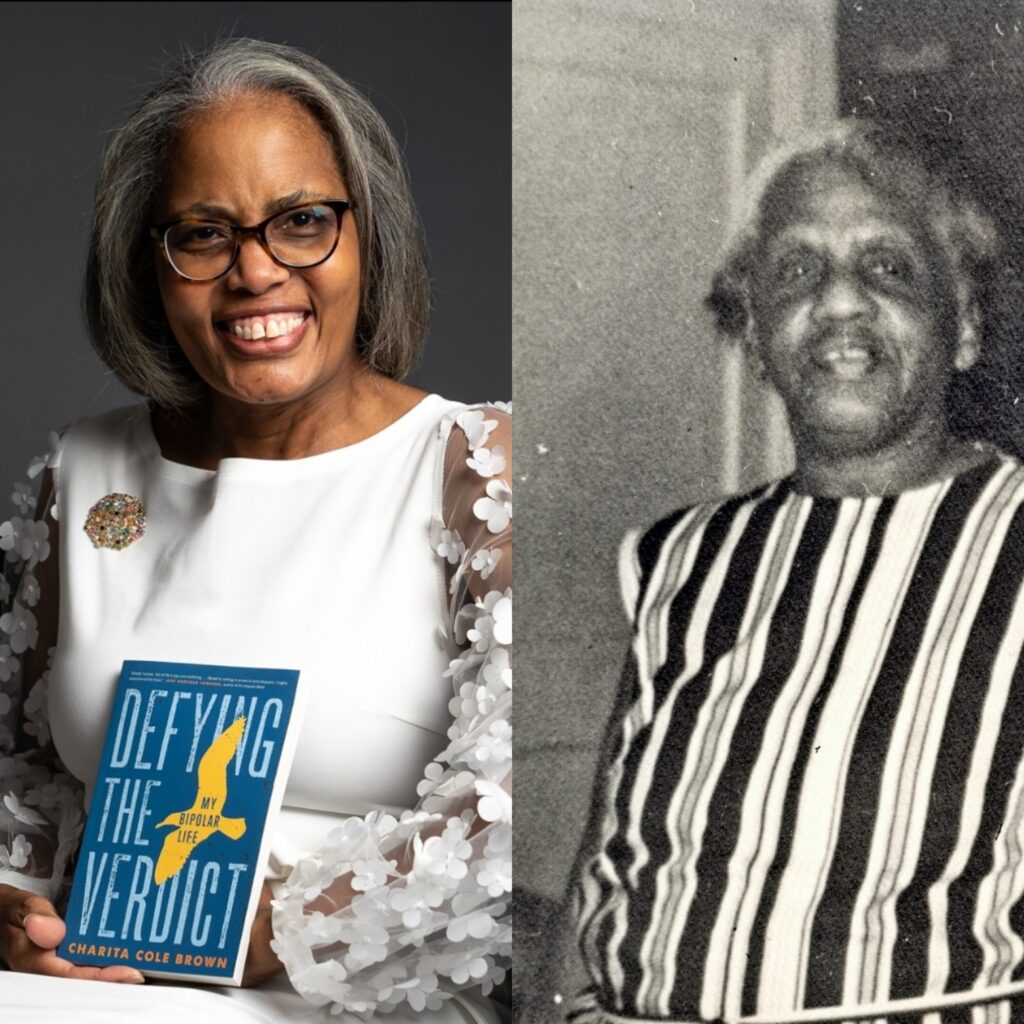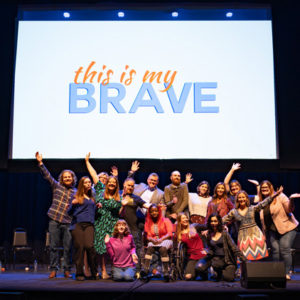The Hope of Recovery: Living Well with Bipolar Disorder
World Bipolar Day is an annual observance that takes place every year on March 30.
Today, March 30th, is World Bipolar Day.
At twenty-one years old, I was diagnosed with bipolar I disorder and committed to a state psychiatric facility In Connecticut for fifteen days. Two doctors decided I was dangerous to myself and others. At discharge, when acute mania had subsided, I refused medication because I believed my episodic mania was an anomaly. At the time, I did not take into account my grandmother’s history with bipolar disorder –then known as manic depression– that I had witnessed as a child.
I returned to Maryland to recuperate from the illness for a semester, returning to Wesleyan University to complete my senior year as an English major. Two months before graduation, I suffered a psychotic episode frighteningly reminiscent of my grandmother’s own breakdown and subsequent hospitalization. Doctors predicted I would never lead a “normal” life.
Despite that pessimistic prognosis and because I sought treatment, I went on to marry, raise a family, earn a master’s degree in teaching, and enjoy a fulfilling career in education.
Don’t defy the diagnosis, try to defy the verdict.”
Norman Cousins
Excerpt from Chapter Twenty-Six, Defying the Verdict: My Bipolar Life ©️ Charita Cole Brown, 2018 (Curbside Splendor Publishing):
“My life had unraveled so much. I was uncertain about my secular future as well as my Christian identity. Having denied the psychotherapist’s diagnosis of maturing bipolar disorder for so long, I finally acknowledged its accuracy. Then, I reasoned, If I internalize and implement effective strategies, I know the GOD I discovered in first grade will help me to enhance the quality of my life.
After being released from the psychiatric unit, I contacted [my former therapist] and updated him regarding my recent psychiatric hospitalization. I almost begged him to resume the therapeutic process at Abundant Life Counseling Center where the driving principle was People Growing Toward Wholeness. When he agreed to pair his therapeutic acumen with my determination, somewhere in my spirit, I knew I would recover. I still had to convince my mind and my heart.
Returning for a second round of therapy, I was determined to destroy anything in my psyche that blocked my progress. If I could, I wanted to decrease the frequency and severity of my cycling. I had been episode free for three years before I returned to this bottom. I had taken my medication as prescribed, had regular blood tests, and endured yearly urinalyses. And, of course, I had remained in my [self-constructed] box.
I had developed an ugly duckling mindset concerning my role in the Cole family. Though it seems melodramatic to me now, while viewing myself through my periscope of hypersensitivity, I decided I was the defective sibling. Some days, deep within myself, I shouted, “Do you think I like being crazy?” During the therapeutic process, I learned to accept and love the less-than-perfect me.
My emotional intelligence quotient needed a boost. Living in my box and wanting to avoid severe mood swings from elation to despair, I had locked myself into an unbalanced and unrealistically happy mood. Sadness, frustration, and anger became taboo emotions. It was important for me to learn how to regulate my feelings and my moods. I had to identify the emotions I had hidden under my salvation cloak of happy, happy joy. The most notable were fear, guilt, shame, and condemnation.
[In addition to traditional clinical therapies,] my pastoral counselor encouraged me to move beyond mental assent –knowing in my head that scripture is true—to faith, personally applying the scriptures I read. In addition to traditional clinical conversational practices, he encouraged me to memorize specific scriptures, especially those that counterbalanced the fear I internalized and embraced in response to bipolar illness. I came to understand that I didn’t fear failure. I feared success. Finally realizing why I lived in a self-constructed box, I asked myself, Do I possess the temerity to step out of my box?”
Thirty years later, my answer is still YES!
Bipolar disorder is highly treatable. However, of the estimated 5.7 million Americans living with the disorder, over 50% won’t seek treatment. The fact that the US suicide rate for people who have bipolar disorder is 12 times higher than that of the general population is even more sobering.
Charita Brown
Guest Blog

Resources
If you or someone you know needs help, reach out 24/7 to the 988 Suicide and Crisis Lifeline by dialing or texting 988 or using chat services at suicidepreventionlifeline.org to connect to a trained crisis counselor.
You can also get crisis text support via the Crisis Text Line by texting STORY to 741741.
For additional help, please visit our resource page.

